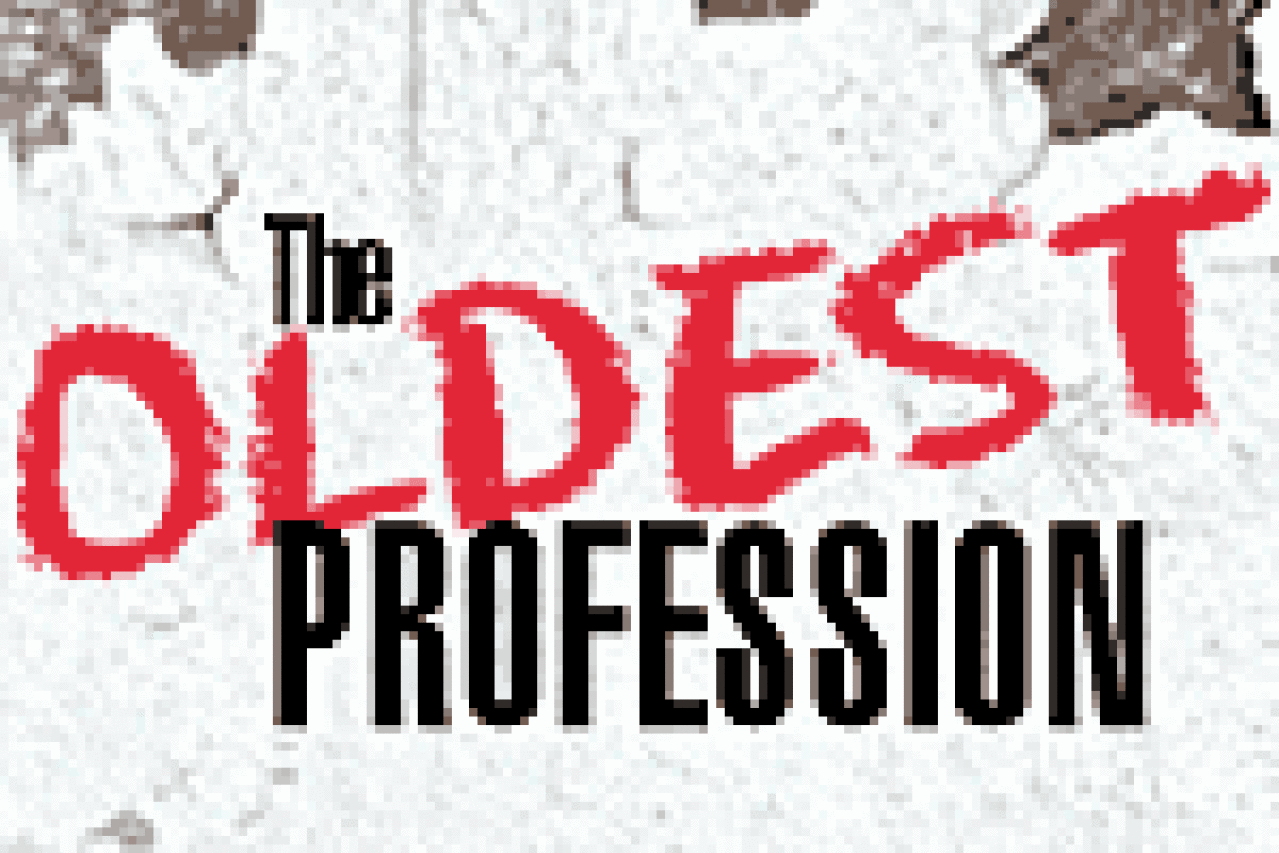The Oldest Profession

Katherine Helmond and Joyce Van Patten in The Oldest
Profession
(Photo © Carol Rosegg)
Surely, Paula Vogel had something weighing on her mind some years ago when writing The Oldest Profession, which is being presented as the inaugural entry in a Signature Theatre season devoted to her works. Vogel has proved herself a smart and engaged writer, never smarter or more engaged than when she plumbed the complexities of incest in the Pulitzer Prize-winning How I Learned to Drive. As that script indicates, she’s interested in the obstacles that women face in trying to find a place in the world. She notices the survivor instinct that keeps a good woman going when so much isn’t in her favor, societally and psychologically speaking.
The Oldest Profession features five hookers of a certain age sitting around talking. These lapsed Catholics do their gabbing between appointments with Jewish clients like 80-year-old Harold Gross, who enjoys a cigar and also enjoys Edna (Priscilla Lopez) lighting it for him. The motley ladies — diverse as a platoon in a war movie — have been colleagues for years. Most of them, having become working girls in New Orleans’ Storyville, migrated to Manhattan together and have remained bonded, with Mae (Katherine Helmond) acting authoritatively as their Madam. But the women have their differences now that it’s 1980 and only weeks away from Ronald Reagan’s election. Ursula (Joyce Van Patten), who knows so much about finance that she must be a Wall Street Journal subscriber, thinks she’d do a better job than Mae as administrator. She particularly goads Lillian (Carlin Glynn), whom she suspects of a foul deed in the past. Timid, malleable Vera (Marylouise Burke) remains a friend to all, though she does get on Ursula’s nerves when she blathers on about eating fish on Friday. The bulk of the play consists of bickering and best-buddying.
Vogel brings these gals together on the Upper Broadway bench that set designer Narelle Sissons has provided for them. Then Lillian passes away and Mae starts showing signs of Alzheimer’s disease. Then Ursula goes, and so on, until there isn’t much left of the hooking sorority. But the friends don’t disappear completely: Vogel dispatches them to a bordello parlor where they sing the sort of Storyville blues that Bessie Smith was popularizing when the girls were starting out as adolescents. Belting or tweeting the likes of “Sugar in My Bowl” (with music director Bernard Corbett as whorehouse pianist), Vogel’s sex salesladies strut in tights and bustiers scantier than the cheap street clothes that costumer Elizabeth Hope Clancy hands them for their still-living incarnations.
What’s Vogel getting at with this depiction of five women attempting to defend dimming livelihood prospects? Is she using aging prostitutes as a metaphor for all women who turn themselves into whores for men? Is she saying that a woman’s gotta do what a woman’s gotta do? Is this her tribute to the gallantry inherent in women’s friendships? Is she giving an ironic salute to vestiges of the pre-feminist age? Having set the intermissionless piece in the early ’80s, is she making a point about Reaganomics? Implying that Mae and her girls are Catholics catering to Jews, is she making an observation about the nature of guilty sexual pleasures? When someone as talented as Vogel leaves so much up in the air, flailing around for acceptable explanations is inevitable.
The five actors partially redeem the iffy play. (David Esbjornson directs them well enough.) Two of them are Tony winners who copped their prizes for musicals and know how to sell songs as handily as the characters sell themselves. Joyce Van Patten has fun with the no-nonsense Ursula, although she doesn’t land “If I Can’t Sell It, I’ll Keep Sitting on It.” Priscilla Lopez — a late replacement for Anita Gillette — shows how it’s done, performing vocal and physical calisthenics in her ditty. Lopez is versatility itself, as she proved in the one-woman show Class Mothers ’68; she makes Edna down-to-earth and street-wise. Carlin Glynn, as the first of the ladies to croak, has the least to do but is just fine.
Marylouise Burke, who has made a specialty of adorable confusion in several shows over the past few years, is at it again here and is touching in making Vera so vulnerable. It’s Burke on whom James Vermeulen’s lights finally fade, and the grin that overcomes her marvelous pudding face as she banishes despair is something to see. But it’s Katherine Helmond who takes the major acting honors. As Mae, who’s begun to realize that her memory is dissolving, Helmond does a heart-rending variation on the addled goofball she has so frequently portrayed. In a prim pillbox hat and cape, she gives the adjective “forlorn” a new and ineffably sad definition.
The Oldest Profession reminds me of a barrage of jokes that were in vogue during the ’50s, spun off of the phrase “Old soldiers never die, they just fade away.” Vogel’s play says, “Old hookers never die, they just go to a cathouse in the sky.” Whether it says much more than that is questionable.











